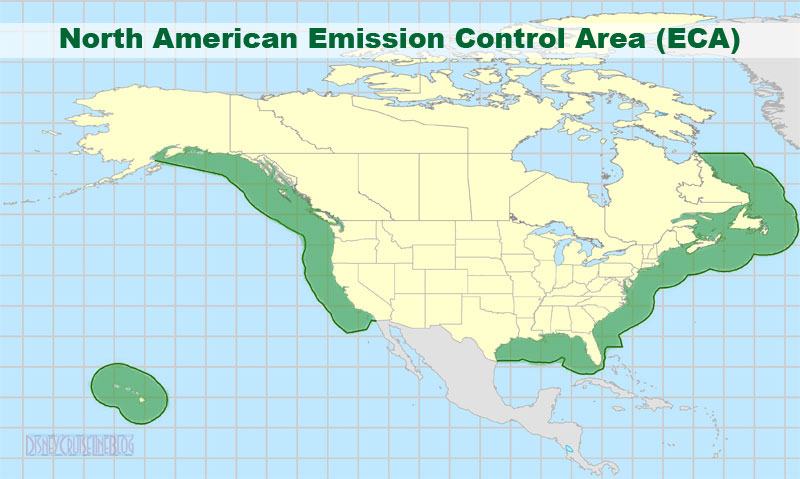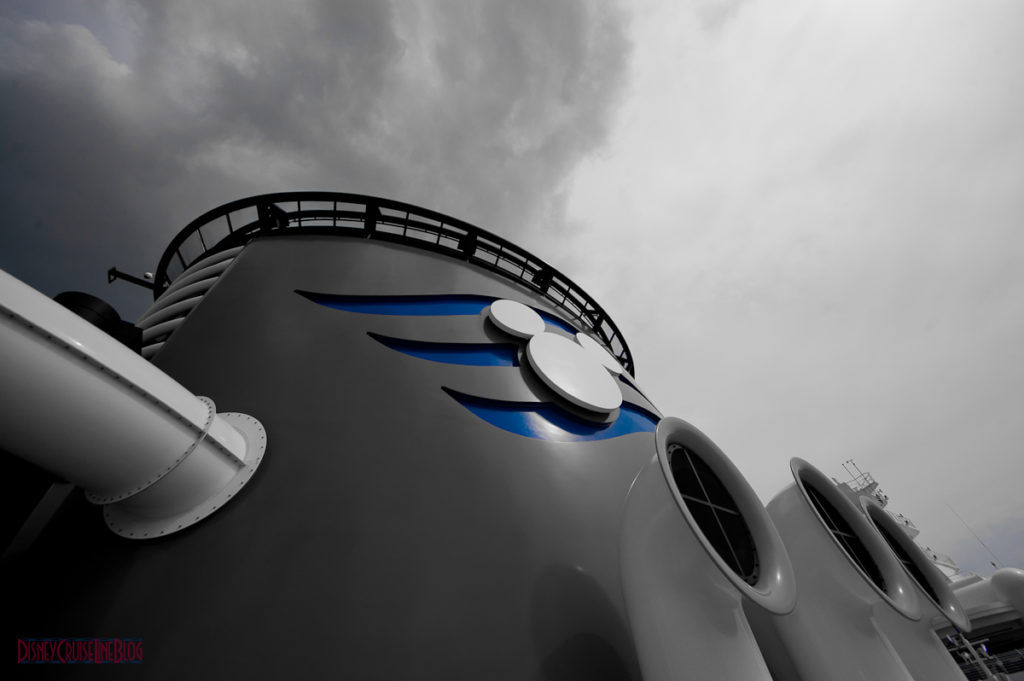Would you believe that one of the dirtiest transportation fuels is that of a cruise ship? It is true. A large cruise ship can emit the equivalent amount of sulfur dioxide as 13.1 million cars, and as much soot as 1.06 million cars per day. Large ships burn a heavy fuel with 2,000 times or more the amount of sulfur as the diesel fuel used by trucks, locomotive, construction equipment and smaller marine vessels.
A recent report from the Anchorage Daily News sheds some light on a little known anti-pollution program proposed by the United States and Canada, which until now, has been sailing along off the radar. The proposal was adopted by the International Maritime Organization in 2010 and created the North American Emission Control Area (ECA).
The area of the North American ECA includes waters adjacent to the Pacific coast, the Atlantic/Gulf coast and the eight main Hawaiian Islands. The ECA extends up to 200 nautical miles from coasts of the United States, Canada and the French territories, except that it does not extend into marine areas subject to the sovereignty or jurisdiction of other States.
As a result of the regulation, beginning August 1, 2012 all large ships traveling within 200 miles of the coasts of the United States and Canada will be required to burn cleaner fuel. A similar emission control area was set up in the Baltic and North Sea in the late 1990s. The new rule requires the reduction of fuel sulfur from 10,000 ppm currently to less than 1,000 ppm by 2015. This reduction is the equivalent of removing the sulfur dioxide emissions of 12.7 million cars, and the soot of 900,000 cars per day.
These important standards will lower emissions from ships and help safeguard our port communities and cities hundreds of miles inland
Gina McCarthy – Assistant Administrator for the Office of Air and Radiation
The North American ECA is expected to yield significant health and welfare benefits. ECA standards will begin to reduce ship-related adverse health impacts for the U.S. and Canada in 2012. EPA estimates that the annual benefits in 2020 will include preventing between 5,500 and 14,000 premature deaths, 3,800 emergency room visits, and 4,900,000 cases of acute respiratory symptoms in 2020. These benefits will increase beyond 2020, as normal fleet turnover occurs and more vessels complying with the 2016 standards set sail. The monetized health savings in 2020 in the U.S. are projected to range from $47 to $110 billion in 2006 U.S. dollars, assuming a 3 percent discount rate.
These health benefits will come at a cost to both the shipping and cruise industry, as they will be directly impacted by the new regulations. The EPA estimates an increase of $18 for a twenty foot container and a $7 per person per day increase in cruise fair. Some cruise industry analysts estimate this per day increase closer to $19.50. The shipping industry will not have much choice as their shipping routes are designed to minimize the shipping time from port to port, thus passing the cost onto the consumer in an increase in the price of goods. The cruise industry some flexibility in that they can simply choose to increase cruise fair, minimize an itineraries route inside the ECA, or eliminating certain itineraries altogether.
Disney Cruise Line and Royal Caribbean have already begun lobbying the EPA to reconsider how it enforces the new regulations. Princess Cruise Line has indicated they will be looking into alternative routes to save on fuel costs.
“The cost of fuel plays a key role in our itinerary planning, and we balance offering the most desirable routes for our passengers with ensuring maximization of fuel efficiency”
Juliet Benson – Princess Cruise Line’s spokeswoman
The new regulations will also generate a spike in the demand for the cleaner fuel, leading to a potential fuel shortage and increased fuel costs.
Disney Cruise Line will feel the pinch on most, if not all, of their West Coast Itineraries on the [Disney_Wonder] like the California Coast Cruise and more significantly the Alaskan itineraries; not to mention the Canada & New England Cruises offered out of New York City on the [Disney_Magic]. Most, if not all, of these unique itineraries sail completely inside the North American ECA requiring the use of the more expensive, cleaner diesel fuel.
Disney Cruise Line issued the following statement to the Anchorage Daily News .
Disney Cruise Line is “committed to minimizing our impact on the environment. . . . Along with the rest of the industry, we continue to explore alternative approaches to (Emission Control Area) compliance that would achieve the same result or better.”
Rena Langley – Disney Cruise Line spokeswoman
Do you think Disney Cruise Line will discontinue their Alaskan Cruises? Or, would you be willing to pay upwards of $150 per person in a fuel surcharge in order to keep this or any other unique itinerary?


